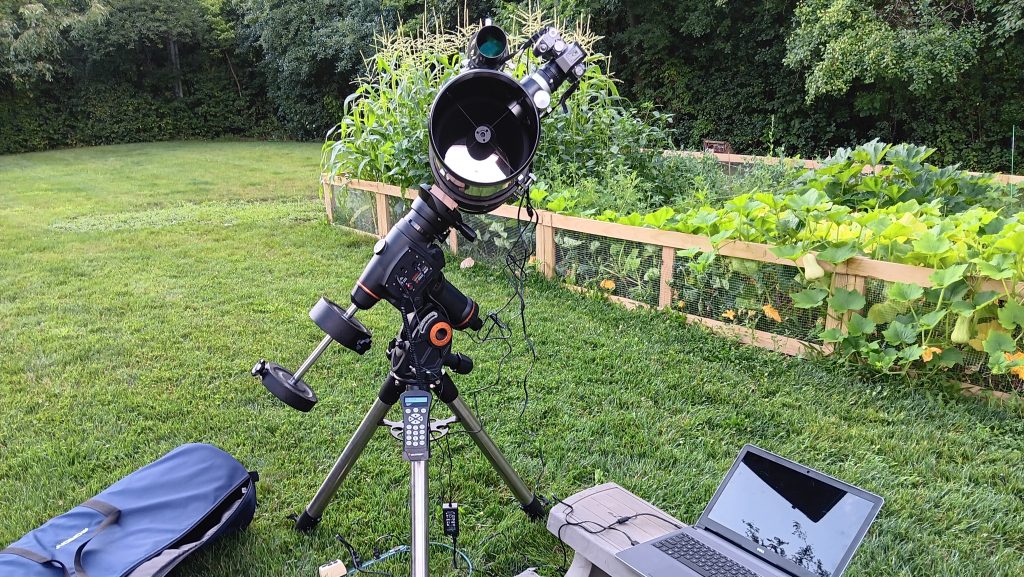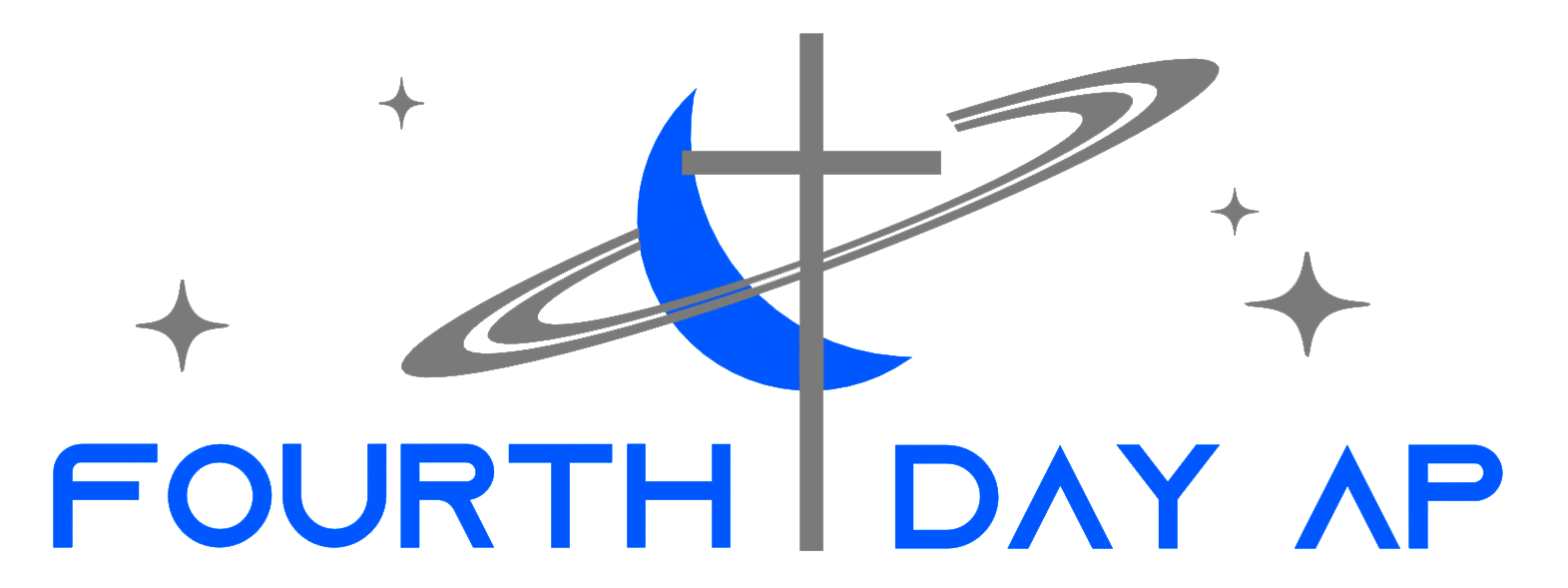Fourth Day Astrophotography
Image portfolio
Welcome to Fourth Day Astrophotography! This website is a way to let others know about the wonders of God’s creation that I have captured through a telescope. Feel free to take a look around and enjoy the images.
What is astrophotography?
Very simply, astrophotography (abbreviated AP) means taking pictures of space. However, it is very different than daytime photography; different techniques must be used to get an acceptable image.
A large percentage of celestial objects are extremely dim to the human eye – even under a dark sky. In order to capture these faint targets, I use a long exposure in order to let the camera sensor collect more light. When shooting with a DSLR, I use 60 second exposures, but several minute exposures are the norm in the AP community.
Unfortunately, one 60-second exposure of a target is not enough; you need a lot more than that to make a good image. Random noise in the picture (caused by flawed electronics and cosmic rays), corrupts the image and makes it look ugly after processing. To mitigate this, several pictures of a target are taken and averaged in software to create one “super-exposure”. This effectively removes a large percentage of the noise.
However, even after averaging the images, the contrast is extremely low in the resulting image and faint details are invisible to the eye. I still have to post-process it in image editing software. I adjust the contrast and brighten up parts of the image to help the detail be seen. Finally, the image is ready to be displayed!
A NOTE ON COLOR
Here at Fourth Day Astrophotography, I merely capture His creation, not make it myself. Therefore, I want the images I take to accurately depict objects in space as much as possible. This means that I will not use false-color, AI enhancement, or fake detail in any of my images.
All the images you see are real pictures of real objects in space. Now if you were to look at these things through a telescope, they would not be as dazzling. Instead, an object might look very gray and fuzzy, only faintly resembling the colorful and detailed images seen here. That is because the eye cannot take a long shutter exposure like a camera can. The long exposures of a camera sensor allow more light to be collected, allowing more detail and color to be revealed in the final image.
AP Equipment

My current astrophotography setup includes the following:
-Celestron CGEM Mount
-8″ Orion F/3.9 Astrograph
-Panasonic Lumix DMC-G7
-SVBONY 60mm Guide Scope
-ZWO ASI120mm-mini Guide Camera
-Old Dell Laptop (for guiding)
-Bluetti EB70S Portable Power Station
“Then God said, ‘Let there be lights in the firmament of the heavens to divide the day from the night;
and let them be for signs and seasons, and for days and years;
and let them be for lights in the firmament of the heavens to give light on the earth’; and it was so”.
Genesis 1:14-15
